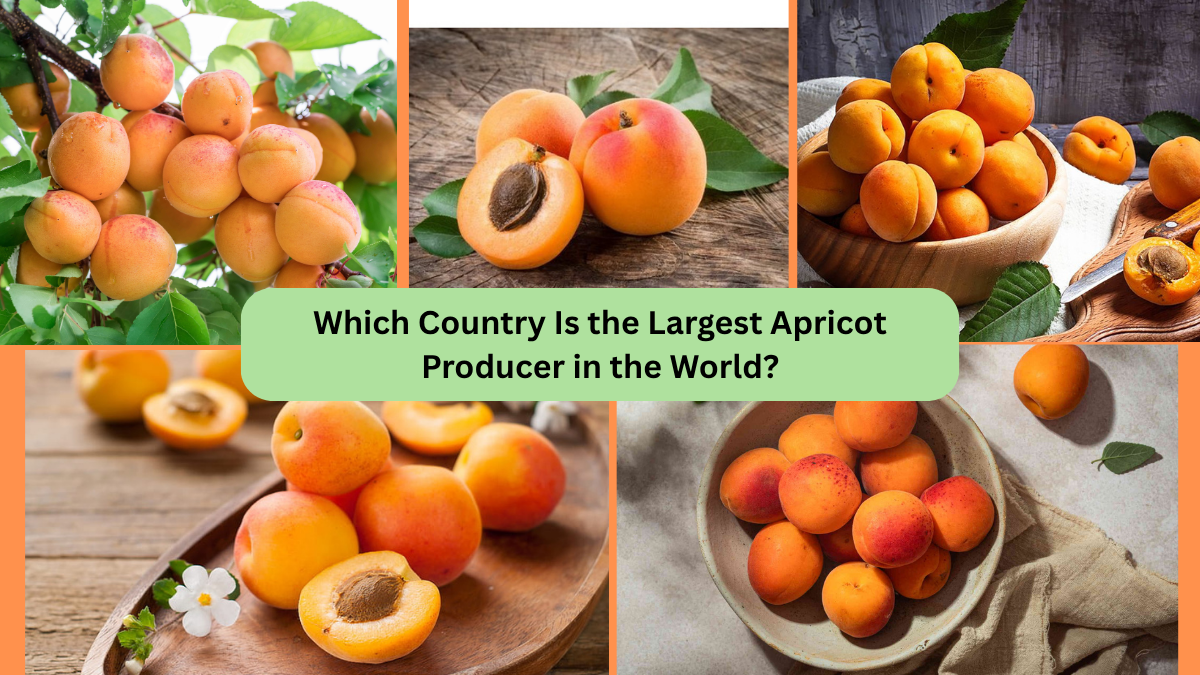Soft, sweet, and sun-kissed, apricots have been treasured for centuries for their delicious flavor and health benefits. These golden-orange fruits are not only enjoyed fresh but are also dried, preserved, or cooked into jams, pastries, and savory dishes. Packed with vitamin A, potassium, fiber, and antioxidants, apricots are a summertime favorite around the world.
Though apricots are grown in several temperate and Mediterranean climates, one country consistently claims the top spot when it comes to production. In this article, we’ll uncover which country leads the world in apricot production, take a look at other top producers, and explore the rich history and significance of this beloved fruit.
A Brief History of Apricots
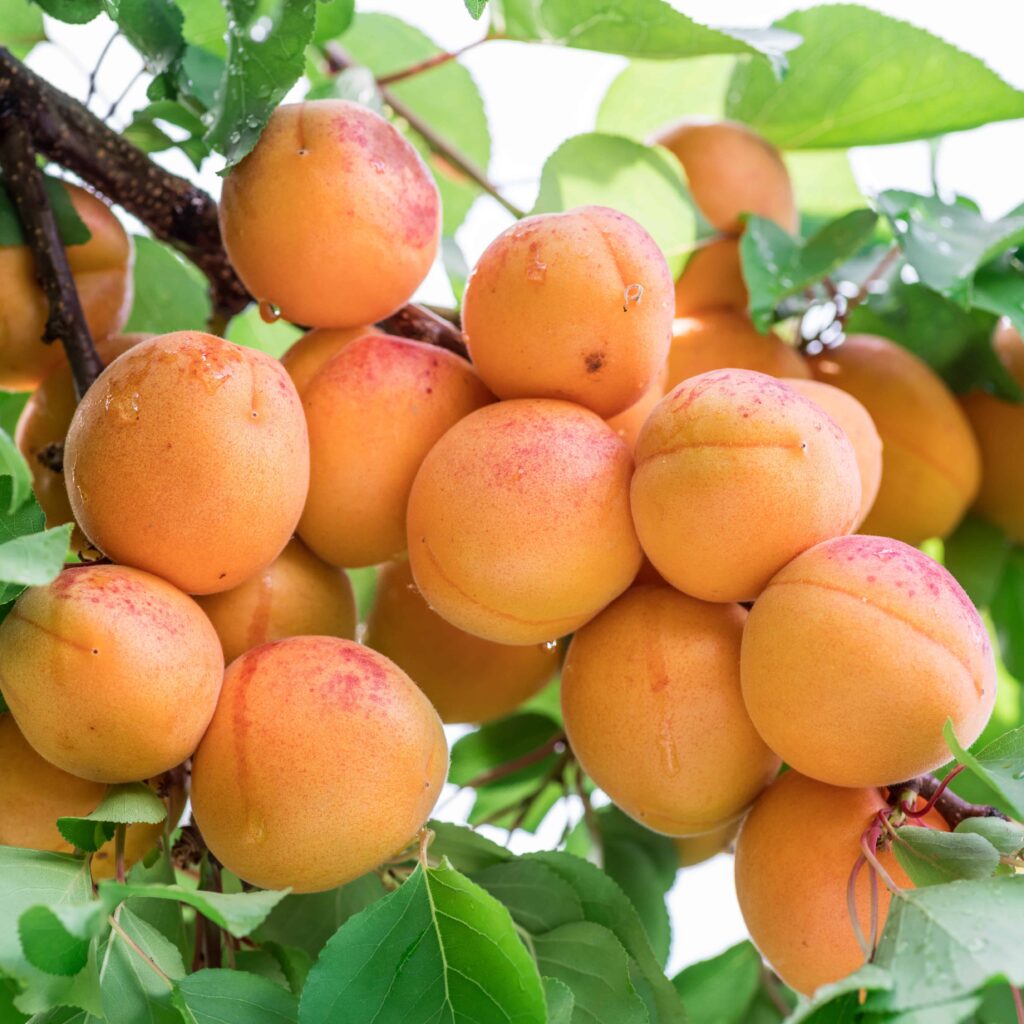
The exact origins of the apricot have long been debated, though it’s widely believed they originated in China over 4,000 years ago. From there, apricots traveled along the ancient Silk Road through Central Asia and Armenia into Persia and the Mediterranean regions.
Apricots eventually made their way to Europe through Roman conquests and later to the Americas via Spanish explorers. Today, the fruit is cultivated in various parts of the world, thriving in regions with mild winters and warm, dry summers.
Interestingly, the apricot holds deep cultural significance in several countries, especially in Armenia, where it’s considered a national treasure and even associated with national identity.
Global Apricot Production: A Competitive Market
The global apricot market produces over 4 million metric tons annually, with both fresh and dried apricots in high demand. While numerous countries cultivate this luscious fruit, a select few dominate global production — and one stands far ahead of the rest.
Turkey: The World’s Apricot Capital
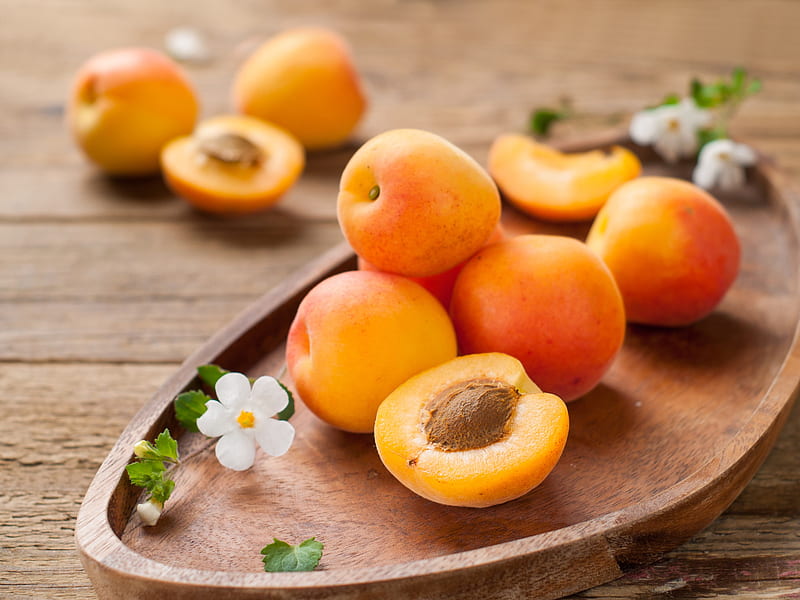
Turkey is the largest apricot producer in the world, accounting for more than 20% of global production. The country’s unique geography, fertile lands, and ideal Mediterranean climate make it the perfect place for apricot cultivation.
Why Turkey Leads:
- Optimal Growing Conditions: Turkey’s Malatya region offers the perfect blend of sunshine, altitude, and soil, essential for growing premium-quality apricots.
- Rich Agricultural Heritage: Apricots have been cultivated in Turkey for thousands of years, with generations of farmers perfecting growing techniques.
- Export Strength: Turkey isn’t just the leader in fresh apricot production but also the largest exporter of dried apricots globally.
- Cultural Significance: In Turkey, apricots are celebrated in local festivals, cuisine, and folk medicine.
Production Numbers:
Turkey produces between 850,000 to 900,000 metric tons of apricots annually, with a significant portion coming from Malatya Province, known as the “Apricot Capital of the World.”
Uzbekistan: Central Asia’s Apricot Stronghold
Uzbekistan ranks as the second-largest apricot producer globally and is the leading producer in Central Asia. The country’s continental climate, characterized by cold winters and hot, dry summers, is highly suitable for apricot cultivation.
Key Cultivation Areas:
- Samarkand, Tashkent, and Fergana Valley are prominent apricot-growing regions.
Industry Highlights:
- Traditional Techniques: Apricot farming in Uzbekistan often involves centuries-old methods combined with modern practices.
- Dried Apricots: A large portion of Uzbekistan’s apricot harvest is dried, providing a popular export product rich in flavor and nutrients.
Uzbekistan produces around 600,000 to 700,000 metric tons of apricots annually, much of it for both domestic consumption and international markets.
Iran: A Historic Apricot Hub
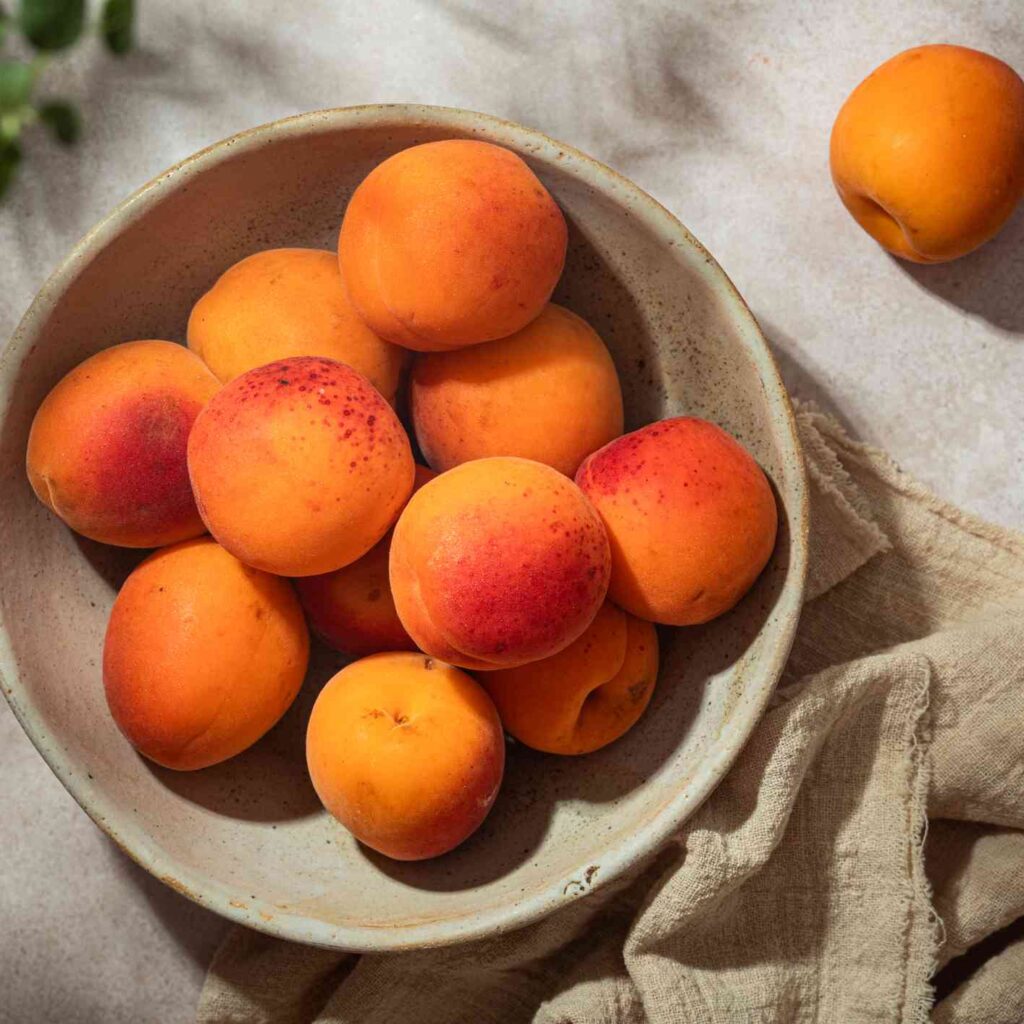
Iran has a long, storied history of apricot cultivation, dating back to ancient Persia. The country remains one of the largest producers and exporters of both fresh and dried apricots.
Key Growing Regions:
- The provinces of East Azerbaijan, Khorasan, and Tehran are major apricot-growing areas.
Industry Insights:
- Culinary Importance: Apricots are widely used in traditional Iranian sweets, jams, and stews.
- Rich Varieties: Iran grows numerous apricot varieties, including white, red, and golden apricots.
Iran produces approximately 500,000 to 600,000 metric tons of apricots annually, with a significant export market, particularly in the Middle East and Central Asia.
Italy: Europe’s Apricot Leader
Italy is the largest apricot producer in Europe, known for cultivating high-quality fruit destined for both fresh markets and processing industries.
Key Growing Regions:
- Campania, Emilia-Romagna, Basilicata, and Sicily are renowned apricot-growing areas.
Industry Highlights:
- Diverse Varieties: Italy is famous for its diverse range of apricot cultivars, each offering unique flavors and textures.
- Fresh and Processed Markets: Italian apricots are popular for fresh consumption, canning, and making jams.
Italy produces around 250,000 to 300,000 metric tons of apricots annually and is a significant supplier for European markets.
Spain: A Mediterranean Apricot Powerhouse
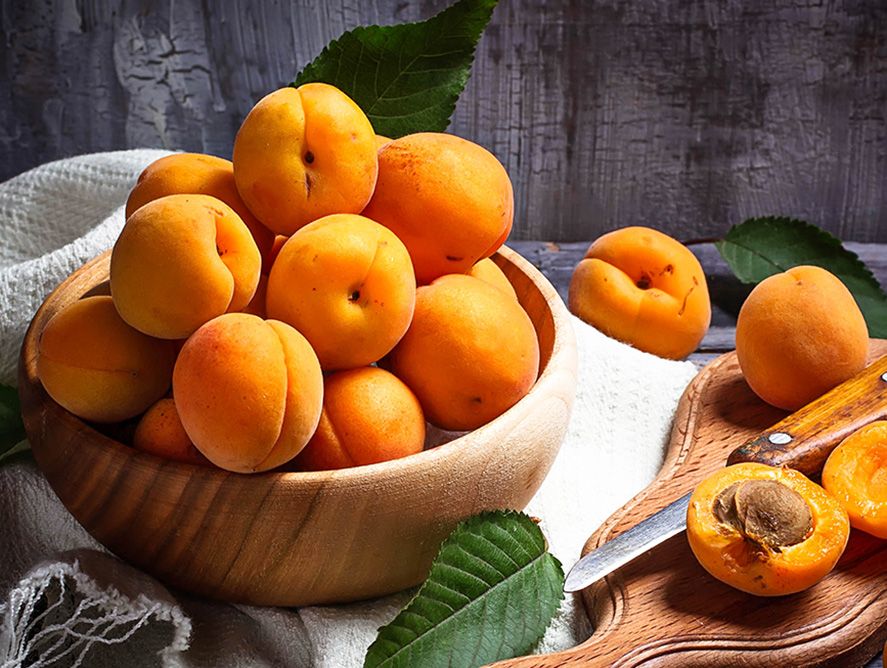
Spain follows closely behind Italy in European apricot production. Its Mediterranean climate and fertile soils create excellent conditions for growing sweet, flavorful apricots.
Key Growing Areas:
- Murcia, Valencia, and Andalusia are Spain’s main apricot-producing regions.
Industry Insights:
- Early Harvest: Spanish apricots are among the first to reach European markets due to early harvest seasons.
- Export Market: Spain exports fresh apricots primarily to France, Germany, and the UK.
Spain produces around 200,000 to 250,000 metric tons of apricots annually.
Global Apricot Market Trends
The global apricot market continues to grow, driven by health trends, culinary creativity, and international trade.
Current Trends:
- Health-Conscious Consumption: Rising awareness about the health benefits of apricots, especially their high vitamin A and antioxidant content, boosts fresh and dried apricot sales.
- Demand for Natural Snacks: Dried apricots, free from additives, are increasingly popular as a healthy snack alternative.
- Artisan Jams and Confectionery: The use of apricots in gourmet desserts, preserves, and drinks is growing in both Western and Middle Eastern cuisines.
- Expanding Export Markets: Turkey, Uzbekistan, and Iran continue to expand their apricot exports to Europe, Russia, the Middle East, and East Asia.
Conclusion: Turkey’s Apricot Reign
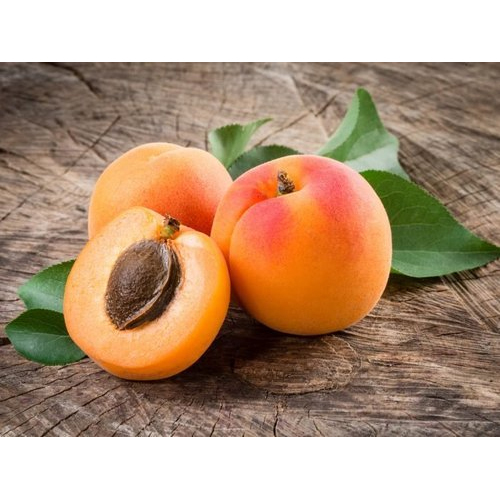
To sum it up, Turkey stands as the largest apricot producer in the world, with its famed Malatya region contributing significantly to global production. Its rich agricultural heritage, ideal growing conditions, and dominance in the dried apricot market make Turkey the undisputed leader.
Close competitors like Uzbekistan, Iran, Italy, and Spain each play vital roles in global apricot production, supplying both fresh and processed fruit to eager markets around the world.
As consumer demand for nutrient-rich, flavorful, and versatile fruits continues to rise, the apricot industry is poised for further growth — and Turkey is likely to maintain its golden crown as the world’s apricot capital for years to come.
